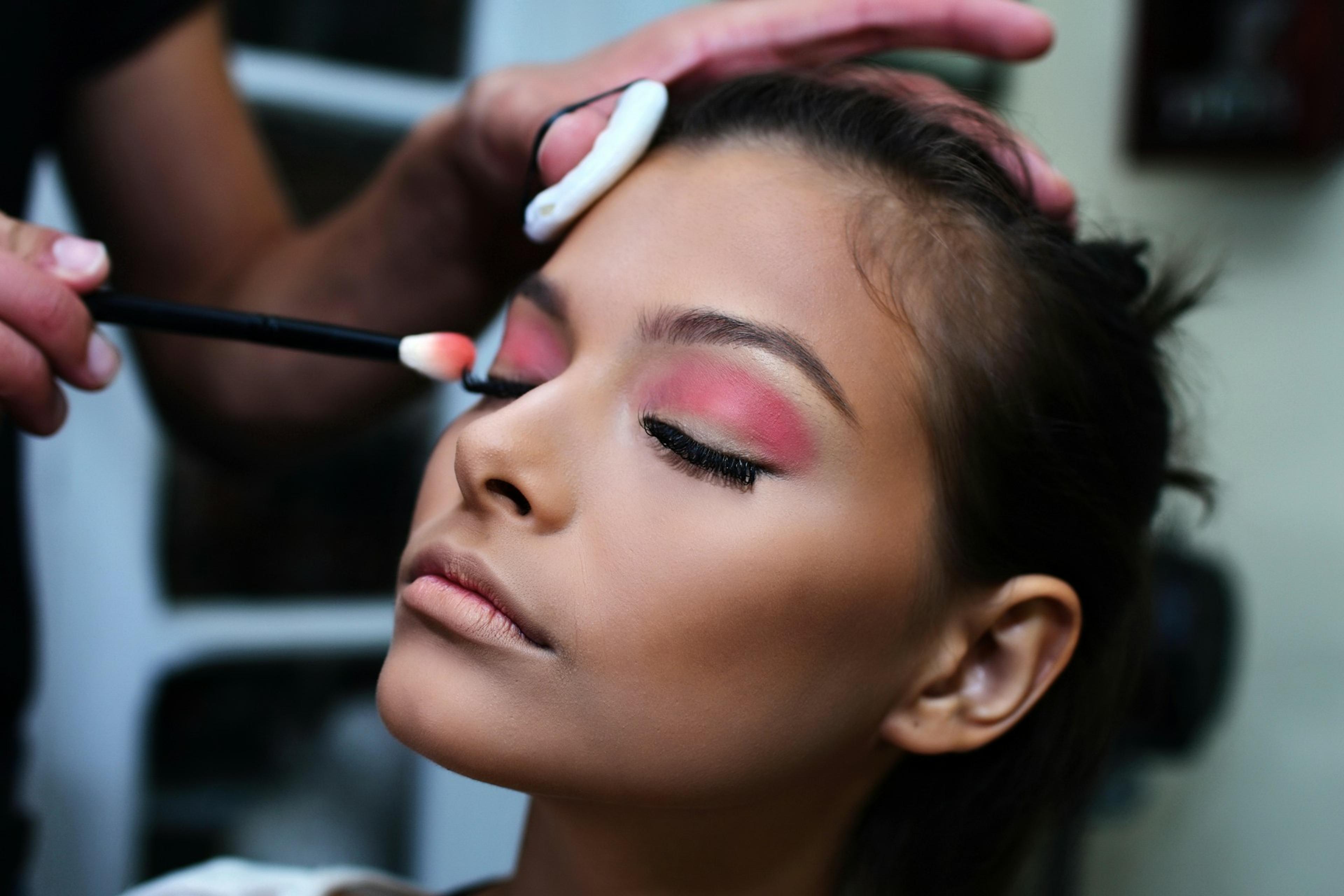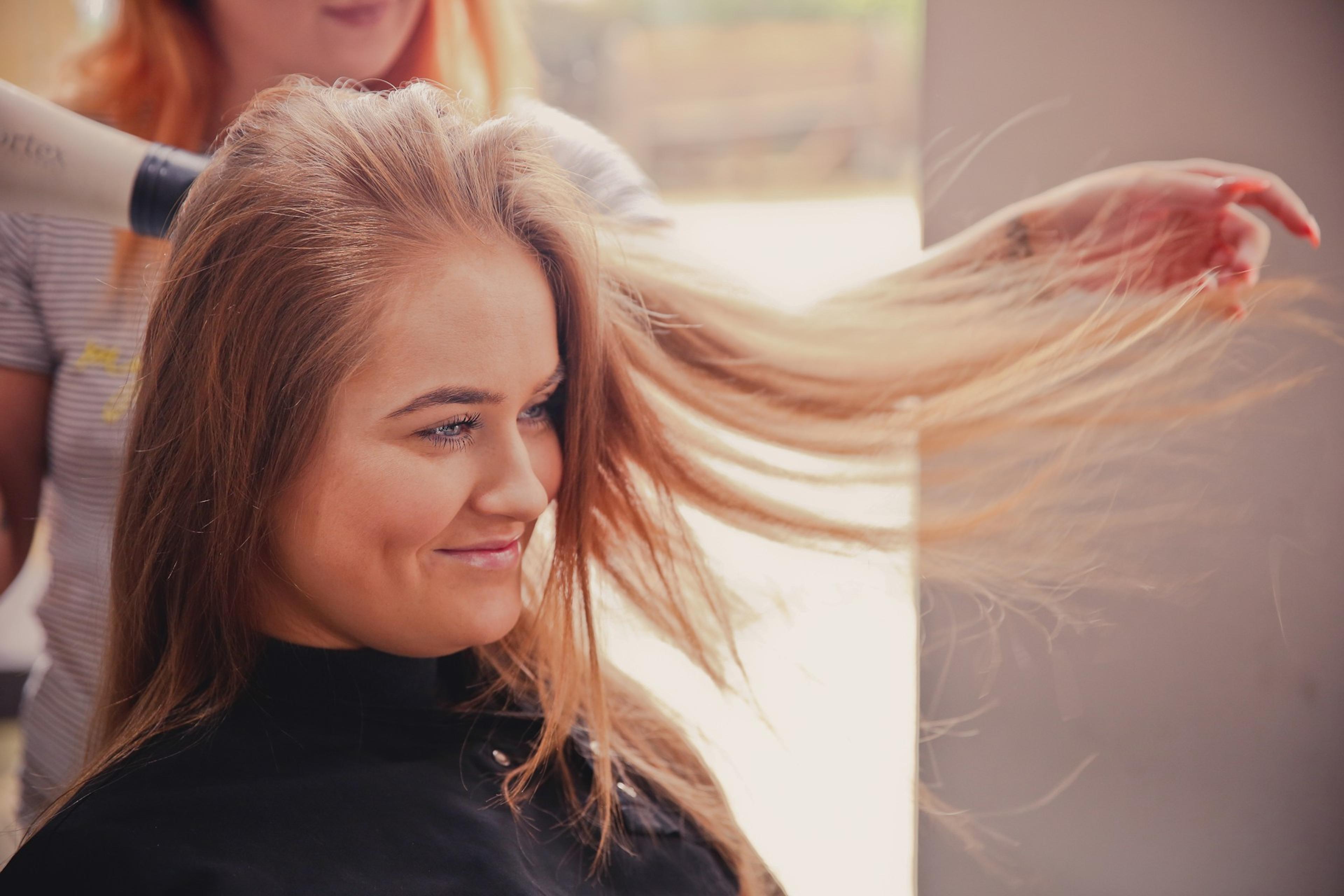Salon Branding 101: Build a Beauty Brand Clients Love and Remember



Branding in the beauty industry isn’t a side project, it’s actually the main stage. It’s what makes a first-time visitor decide, “This is where I belong” and what makes a regular feel a pang of loyalty when they see your logo on their feed.
The truth is, you can have top-tier skills, the best products, and a prime location, but without a strong brand, you’ll be just another name in a crowded marketplace. Clients aren’t simply booking appointments; they’re choosing an experience, an identity, and a story to align with.
This guide will walk you through the art and strategy of salon branding covering everything from your core identity to your online presence so your beauty business doesn’t just attract clients but keeps them coming back.
Your Salon’s Brand Is More Than a Logo

When beauty professionals think about branding, the conversation often jumps straight to visuals: colors, fonts, and logos. Those are important, but they’re only the surface.
Your brand is every interaction and impression, spoken or unspoken, that a client has with your salon. It’s the feeling they get when they walk in, the tone of your booking confirmation, the playlist in the background, and even the way your stylists remember small personal details.
In practice, strong branding works like an emotional signature. It tells your clients who you are, what you stand for, and why they should trust you without you having to say a word. According to research, 81% of consumers need to trust a brand to consider buying.
Also, if that emotional connection is missing, clients might like your work but won’t feel a reason to stay loyal. And in a service-based business, loyalty is everything.
Building a Beauty Brand Clients Love and Remember

Step 1: Define Your Core Identity Before Anything Else
Before diving into visuals or marketing tactics, you need clarity on your salon’s personality and purpose. This is the foundation that every decision will rest on.
Ask yourself:
- What do I want to be known for in my local beauty market?
- Who exactly am I serving, and what do they value most?
- Which three values are non-negotiable for my business?
These aren’t just branding exercises; they guide how you train staff, price services, and even choose décor.
For example, a salon built on sustainability wouldn’t just use eco-friendly products. That value would extend to offering paperless receipts, working with ethical suppliers, and communicating openly about environmental impact.
When your core identity is clear, clients can instantly tell you’re different and that difference feels intentional.
Step 2: Shape a Visual Identity That Matches Your Personality
Your visual identity is your silent ambassador. It speaks before you do, setting expectations for the kind of experience clients will have.
This includes:
Logo design that’s versatile across signage, social media, and print.
Color palette chosen for the emotions it evokes soft pastels for calm elegance, deep jewel tones for luxury, or bright pops for youthful energy.
Typography that aligns with your tone. Serif fonts can feel timeless and refined, while clean sans-serifs often feel modern and approachable.
The trap many beauty professionals fall into is picking visuals they personally like rather than visuals that reflect their brand’s values and target audience.
For instance, if your ideal clients are professionals looking for a polished, premium experience, a minimalist gold-and-black palette will communicate that far better than a playful, rainbow-themed logo.
And remember, consistency matters more than complexity. A simple but consistent visual identity builds recognition faster than a complicated one you keep tweaking.
Step 3: Design the Client Experience as Part of Your Brand
Branding doesn’t stop at your logo or Instagram grid. It’s deeply woven into how clients feel at every stage of their interaction with your salon.
Think about your brand as a thread running from their first Google search to their next appointment. Each touchpoint should feel like part of the same story.
Before the appointment: Is your booking process smooth and intuitive? Does your confirmation email sound warm and welcoming, or generic and cold?
During the visit: Does your environment reflect your brand through décor, scents, music, and even how refreshments are served? Do staff members greet clients in a consistent, genuine way?
After the appointment: Do you follow up with a thank-you message or offer tailored product suggestions?
This consistency is about making sure every client feels the same standard of care every single time. When clients know exactly how they’ll be treated, trust builds. And trust is one of the most powerful branding tools you have.
Step 4: Build a Strong, Consistent Online Presence
Your salon’s online presence is often the first handshake with a potential client. If it’s outdated, inconsistent, or hard to navigate, it can turn them away before they even walk in. 97% of people check a company’s online presence before deciding to visit their business. So claim your presence online.
Start by choosing your core platforms based on where your ideal clients actually spend time. For many salons, Instagram is the star player, with Facebook and TikTok close behind. But a polished, mobile-friendly website is just as important, it’s your online home base.
A strong digital brand presence means:
Social media feeds that match your visual identity and showcase your best work.
A website with clear service descriptions, prices, and easy booking options.
A Google Business Profile filled with recent photos, accurate details, and client reviews.
Your goal isn’t to be everywhere, it’s to be consistently excellent where it matters most.
Step 5: Differentiate Yourself in a Competitive Market
In most towns or cities, clients have more than one salon to choose from. So why should they pick yours? This is where your unique selling proposition (USP) comes in.
Your USP is the single, clear reason a client should choose you over the salon down the street. It’s not about being “better” in a vague way, it’s about being distinctly you.
Some ways salons successfully differentiate include:
Specializing in a niche: For example, focusing on curly hair, intricate nail art, bridal styling, or organic treatments.
Offering signature services: Creating a unique haircut technique or facial experience that clients can’t get anywhere else locally.
Crafting a signature atmosphere: Maybe your salon is known for being a quiet escape, or for having an upbeat, trend-setting vibe.
The key is not trying to be “everything for everyone.” Broad appeal often leads to generic branding. Specificity builds stronger emotional connections with the right people and those are the clients who will become loyal advocates.
Step 6: Keep Your Brand Evolving Without Losing Its Heart
Strong brands stay fresh, but they don’t reinvent themselves so often that clients feel lost. Think of your brand like a hairstyle, it benefits from regular refreshes, but a drastic change every few weeks causes damage and makes it hard for people to recognize you.
You might evolve your salon brand by:
- Updating your color palette slightly to match current trends while keeping your signature tone.
- Refreshing your salon interiors without changing the overall theme.
- Adding a new signature service that aligns with your core identity.
A good test is to ask: Would my regular clients still recognize this as “us”? If the answer is yes, you’re evolving the right way.
Common Branding Mistakes to Avoid
A well-built salon brand is a powerful business asset but certain missteps can dilute your efforts. These are some of the pitfalls to watch out for:
Inconsistency Across Platforms
If your Instagram looks sleek and premium but your salon interior feels dated, there’s a disconnect. Clients expect the online image to match the in-person experience.
Branding for Yourself Instead of Your Client
Your personal style can inspire your brand, but remember: it should ultimately reflect your target audience’s tastes and expectations.
Overcomplicating the Message
If clients can’t sum up what makes your salon special in one sentence, your branding might be too scattered. Simplify until your value is crystal clear.
The Power of Brand-Driven Word of Mouth
When clients feel connected to your salon’s brand, they naturally become ambassadors. They’ll post their new nails on Instagram and tag you, recommend you to friends, and leave glowing reviews without you having to ask every time.
But this doesn’t happen by accident. You encourage it by creating experiences worth talking about, and by making it easy for clients to share them. That could mean having an Instagram-worthy photo spot in your salon, branded takeaway bags for retail products, or a loyalty program that rewards referrals.
Word-of-mouth marketing works best when it’s rooted in genuine client satisfaction, branding simply gives that satisfaction a recognizable face and voice.
Bringing It All Together
Salon branding isn’t a quick fix or a one-time project, it’s the sum of every interaction, choice, and detail that shapes how clients see and feel about your business.
When you define your identity, align your visuals, curate the client experience, stay consistent online, and evolve strategically, your salon becomes more than a place to get beauty services. It becomes a destination, a trusted habit, and for many, a small but meaningful part of their lives.
And that’s when branding stops being just a business strategy and starts being the reason clients love you.
FAQs
1. How much should I invest in salon branding?
It varies depending on your business stage and goals. If you’re starting out, you can begin with a modest budget for visuals and DIY your social media while building revenue. Over time, investing in a professional designer and brand strategist can significantly strengthen your positioning.
2. Can I change my branding after opening?
Yes, but do it thoughtfully. Major shifts should be timed with a clear relaunch strategy so clients understand what’s changing and why.
3. How can I make my salon brand stand out online?
Focus on showing your unique personality, services, and atmosphere. Use high-quality photos, tell client stories, and be consistent in tone and visuals.
4. Should my salon branding reflect my personal style?
It can, but your client’s preferences should come first. If your personal style aligns with your target audience, it’s a natural fit.
5. What’s more important, social media or my website?
Both matter, but your website is your owned space, it should always be accurate and professional. Social media is great for visibility, but algorithms change; your website is where you have full control.
6. How long does it take to see results from branding?
Branding is a long-term investment. While you may notice increased inquiries within weeks of a refresh, building lasting recognition and loyalty can take months or even years of consistent effort.
7. What if I offer a wide range of beauty services?
Tie them together under one unifying theme, your atmosphere, philosophy, or client promise so they still feel part of the same brand experience.



